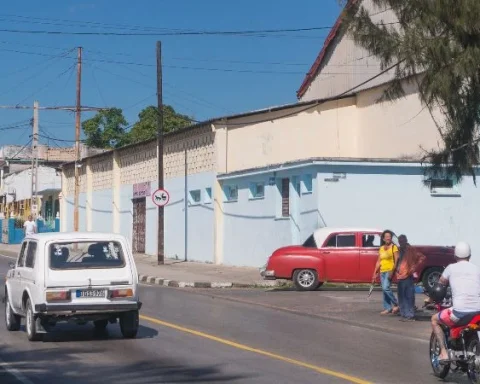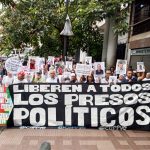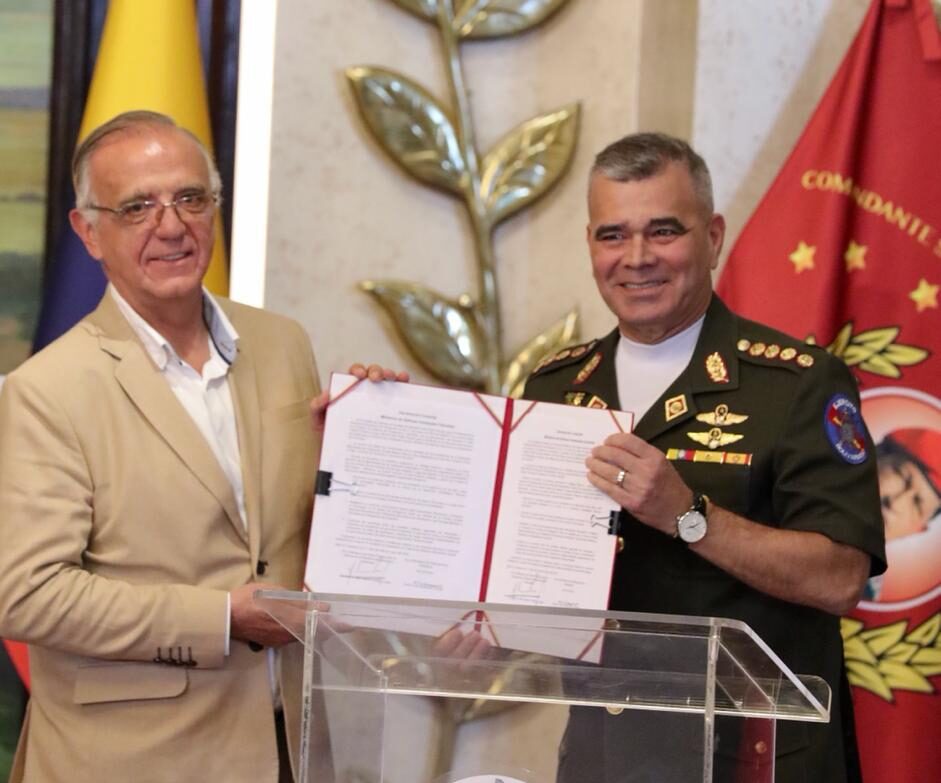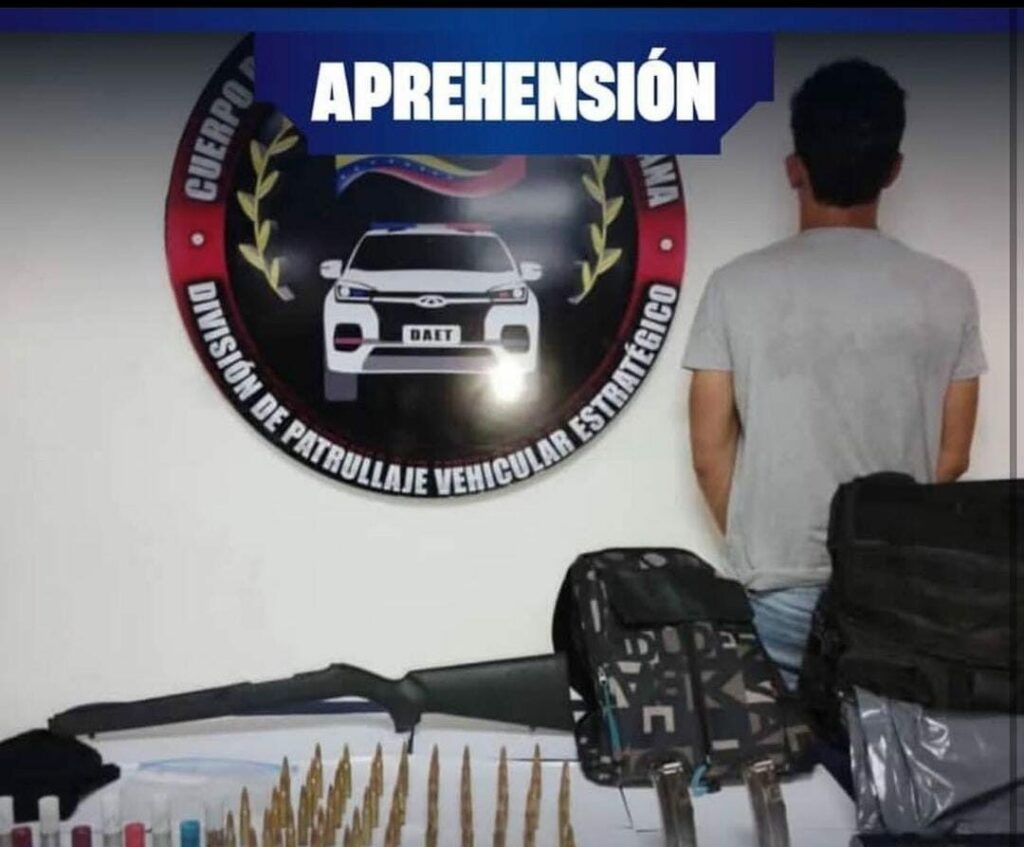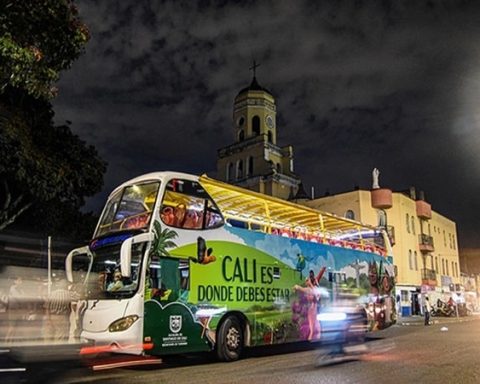Havana Cuba. – From 350 in the capital and up to 1,000 pesos in the interior of the country, this is how the price of gasoline is in the informal Cuban market, whose value increased up to 40 times with respect to the cost it had before the start, end of last March, from the last crisis due to fuel shortages.
Since then, to buy gasoline at the service centers, drivers have to wait in lines that can take several days. In mid-April, as a measure to deal with the shortage, the regime limited the sale of gasoline to 40 liters per vehicle, forcing drivers to return more often to the long lines.
In the midst of the complex panorama, the figures of coleros and resellers return to the fore to control the shifts at the sales sites, monopolize part of the available fuel and then resell it. As with food and other staples that are in short supply, social media is the main platform for the underground trade in gasoline.

In the Diez de Octubre municipality, one of the people who are dedicated to “managing” shifts at the service centers, explained to CubaNet under conditions of anonymity that it is a business similar to the one that once existed with the food and cleaning modules that the Caribbean and CIMEX chains sell through the supply book.
“It’s a team effort, because first you have to sleep in line for several days until the pipe arrives, and then get tough and put your foot in people if you want to put everyone who arrives. It’s the same thing that happened in stores, but with some new things, ”she said.

From the way they operate, he adds, drivers “have two options to solve gasoline by blowing their tails”: one is to buy the shift for 3,500 pesos; while in the other they must deliver half of the fuel they can buy, that is, 20 liters.
“Squaring with us, this is how unique they can buy more often. Many are dedicated to throw away so, if they don’t, they have to park the car and what are they going to live on then?” reflected the interviewee.
Another of the members of the same “team” of coleros specified that part of the gasoline collected has fixed buyers. “They are boatmen and messengers from MSMEs and parcel delivery agencies from abroad. They pay it at any price, practically ”, he commented, also from the security of anonymity.
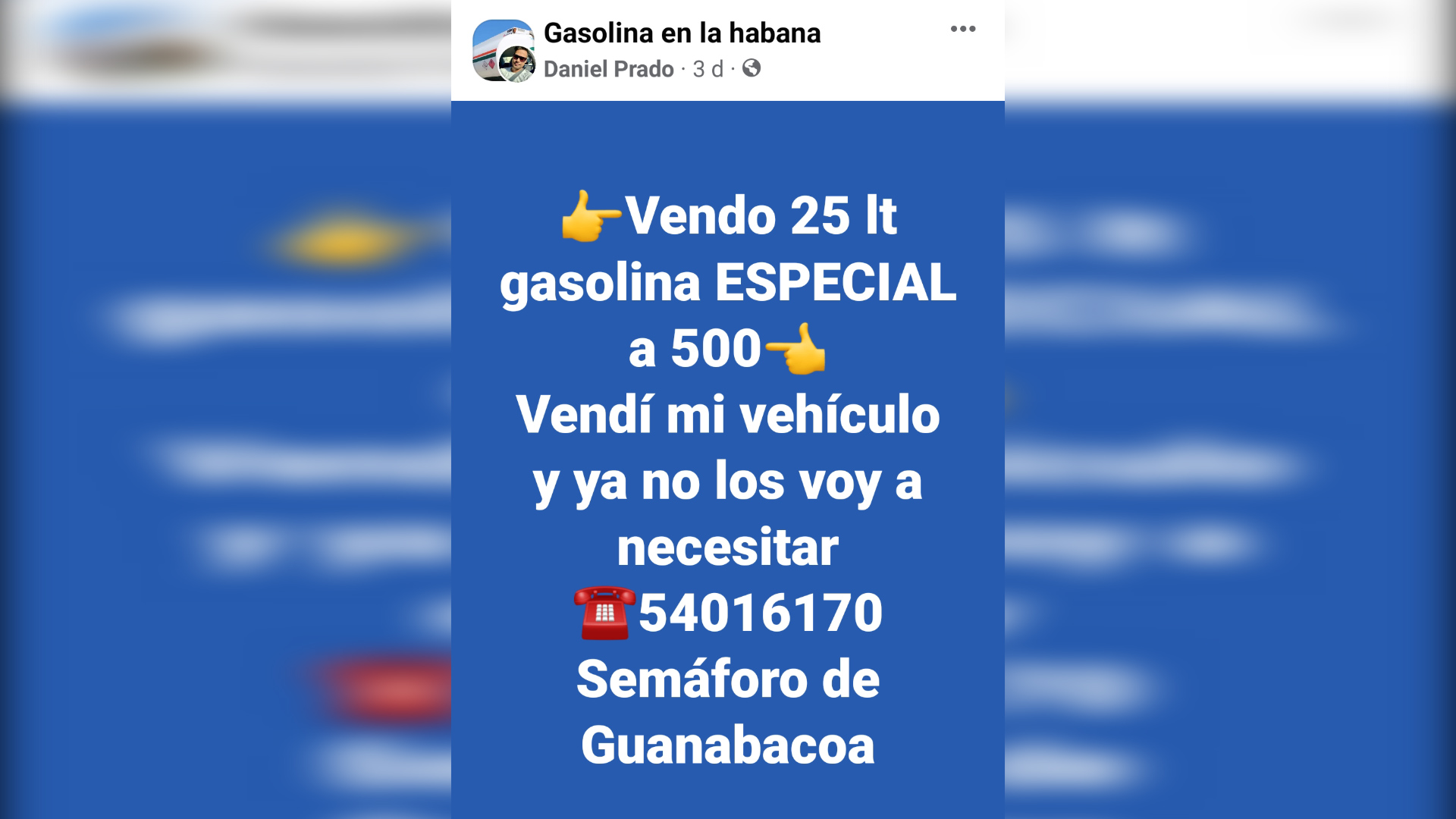
The rest of the fuel is sold in Facebook groups, he says. On the platform, which has become the mecca of the Cuban informal market, dozens of publications every day refer to the trade in gasoline and its prices.
The user Geovanys Trujillo Vega, responding to a publication where he alluded to the purchase of special gasoline at 550 pesos, he commented that in Ciego de Ávila a liter of that fuel reached 1,000 pesos, “and it does not appear”, while he claims to have paid for it “up to 600” in the capital.
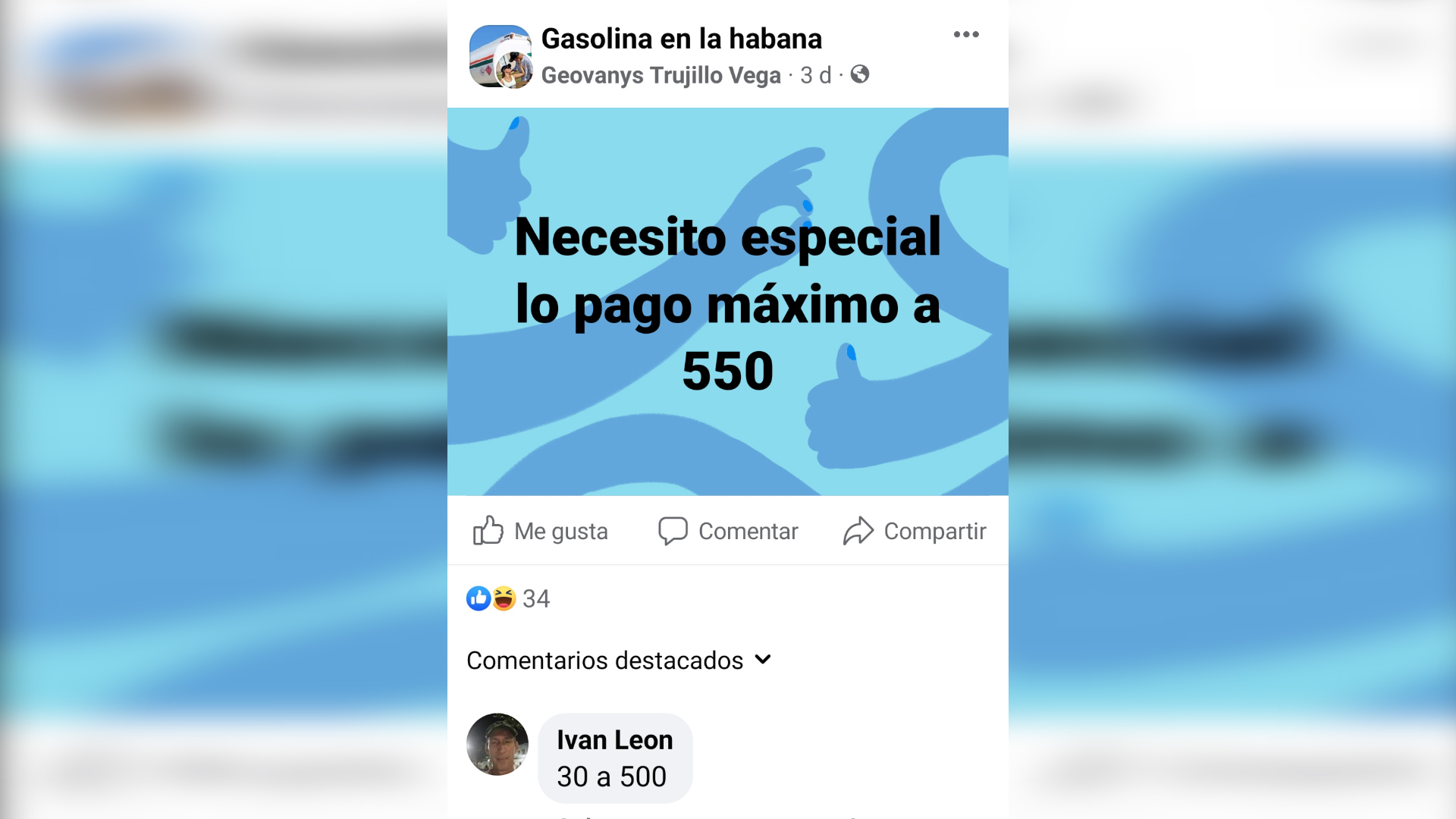
The altered prices give the sensation of attracting very few customers. However, the opposite happens. In the case of regular gasoline, which is of lower quality – and therefore a little cheaper – a single publication generates dozens of comments from Internet users willing to give up to 450 pesos for a single liter of gasoline.
Unfortunately, the crisis affects public transport, which is increasingly non-existent. At the same time, the increase in fuel prices extends to private transport, where private taxis double the usual costs of tickets in search of profitability.

“They are starting a witch hunt for what we charge, as if we were to blame. They do not take into account the work that is spent to get gasoline or oil. The streets are full, and people have no way to move, but they don’t look at that. Let them keep pressing…”, snapped Daniel Madera Godínez, a private porter on the Cerro-La Lisa route.




